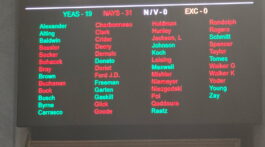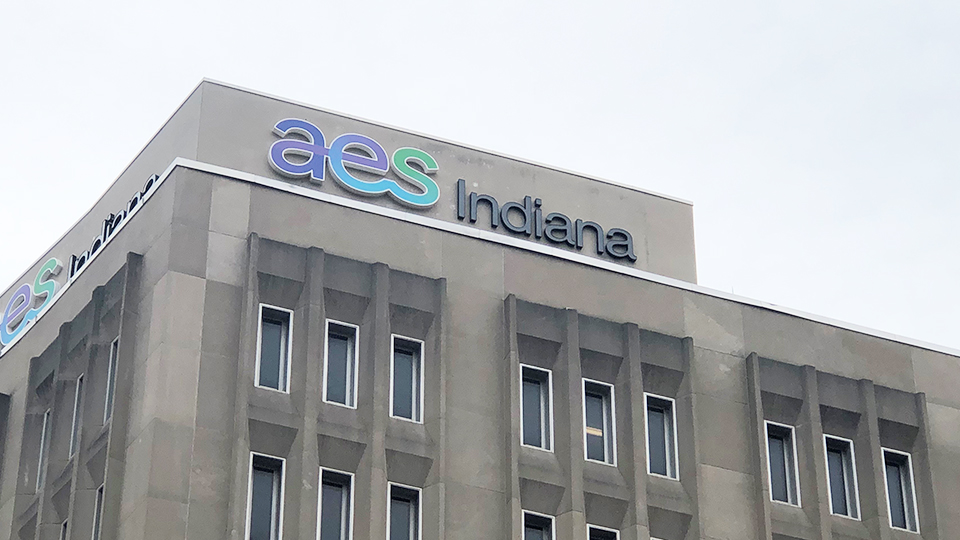AES Indiana has reached a settlement agreement with several major customers and the City of Indianapolis that would reduce the size of its proposed electric rate increase by more than $111 million. If approved by the Indiana Utility Regulatory Commission, the new rates would take effect in mid-2026.
Why AES Proposed the Rate Increase
AES initially sought a substantial rate increase to help pay for upgrades to its aging electric grid, replace outdated equipment, modernize its customer service and billing systems, and cover rising costs related to system maintenance and reliability. The company said the additional revenue was needed to ensure safe, dependable service and to keep pace with growing energy demands.
Under the original proposal, AES requested a revenue requirement of $2.11 billion, which would have resulted in a larger increase in customer bills.
Why Consumer Advocates Objected
Consumer groups, including the Indiana Office of Utility Consumer Counselor and Citizens Action Coalition, opposed the proposal. They argued that the increase was too high, that AES’s projected profit margin was excessive, and that too much of the cost would fall on residential customers.
Advocates were also concerned about passing along millions of dollars in costs associated with the company’s new customer information system and other accounting items they considered inappropriate to recover from ratepayers.
What the Settlement Does
The settlement lowers the proposed revenue requirement to $1.999 billion, a reduction of about $111 million from the original request. The average system-wide increase will now be approximately 4.9%, instead of a larger hike.
The fixed monthly residential service charge will remain at $12.50 or $17, depending on meter type, rather than increasing. AES will also absorb around $47 million in bad debt and billing system costs instead of passing them on to customers.
Additionally, the company has agreed not to file another base rate case before January 1, 2030, and will not seek to implement a new infrastructure improvement plan (TDSIC) before 2028. This commitment provides consumers with greater predictability and a longer period before any future major rate adjustments.
City and Customer Benefits
The City of Indianapolis secured several commitments from AES as part of the deal, including a faster timeline for LED streetlight conversions, clearer rules for pole relocations, continued quarterly coordination meetings with city officials, and a vegetation management report within one year of the final order.
The settlement also requires AES to hold a public stakeholder process on electric vehicle rates within six months of the final order, giving consumers and stakeholders a voice in how future charging infrastructure costs are structured.
Next Steps
The regulatory schedule calls for testimony and hearings through early 2026, with a Commission order expected by May 6, 2026. If approved, the new rates would take effect on June 1, 2026.
For consumers, the settlement does not mean bills will stay the same — but it does mean the increase will be smaller than originally proposed, more predictable, and delayed several years before the next potential hike.











